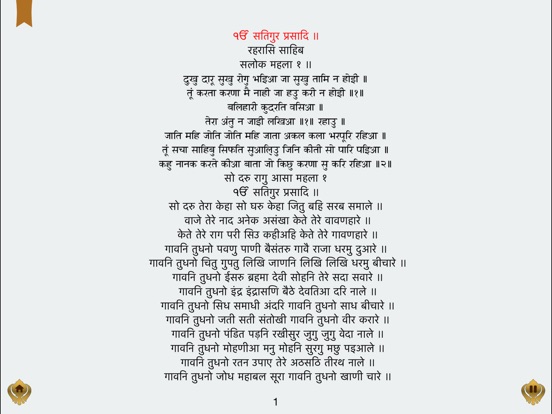

€œHow could one become a sachiara (Godlike or gurmukh) and how could one get rid of ignorance and falsehood?†“By living in harmony with Hukam (Cosmic Law),†says Nanak.Ĥ. Then in the first stanza of Japji on the same page he has enunciated the purpose of human life: In the beginning of Japji on the opening page of SGGS, Guru Nanak has described God as Sach, meaning Everlasting or Truth. God is understandable only in Its immanent or manifest form - the Cosmos.ģ. Guru Nanak makes it abundantly clear in the “Commencing Verse†of SGGS and throughout his bani (sacred hymns) that God is infinite and ineffable and is beyond human comprehension in totality.Ģ. For example, Guru Nanak’s thoughts about the purpose of human life, gurmukh, Hukam (Cosmic Law/Divine Law) and human mind are of vital importance for the understanding of khands.ġ. Guru Nanak’s other statements on the subject of khands interspersed throughout his compositions must be taken into account. One needs to exercise caution in interpreting the khands in isolation. I would suggest and argue that the five khands represent five different aspects of God-consciousness (Cosmic-consciousness), not five different stages of spiritual development in ascending order. Becoming a gurmukh is the ultimate state of human spiritual evolution according to Nankian philosophy. He designates Dharm Khand, as the first stage of spiritual development, which does not seem to be right because Dharm Khand (Realm of Righteousness) is the arena of practice of a gurmukh (God-centered being) who is in perfect union with God. In The Teachings of Guru Nanak, McLeod has summarized earlier diverse and confusing expositions of the five khands under the title “The ascentâ€.2 He portrays the five khands as five different levels of spiritual development in ascending order. To my knowledge none of the authors has attempted to explain the “substance†of the five khands in a logical and coherent way that is consistent with Nankian philosophy. Besides, generally they are “line by line†and “literal†translations. It is astonishing that even modern translators have followed the old ones with minor changes of words here and there. Moreover, they are deeply colored by the influence of Hindu mythology and doctrines.

There are numerous translations/interpretations of Japji in Punjabi, Hindi, Urdu, English and other languages.1 Unfortunately, they are marked by differences, especially in the analysis of the five khands (realms). But it is the most difficult section of Sri Guru Garnth Sahib (SGGS) to interpret and understand. Guru Nanak’s Japji is the essence of Sikhism, often called Nanakian philosophy or Gurmatt). The following is an article by baldev singh from the usa about the 5 khands in the sri jap ji sahib


 0 kommentar(er)
0 kommentar(er)
